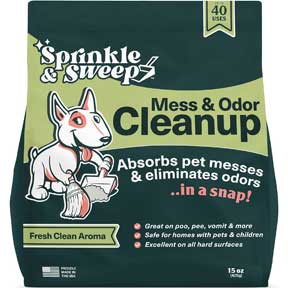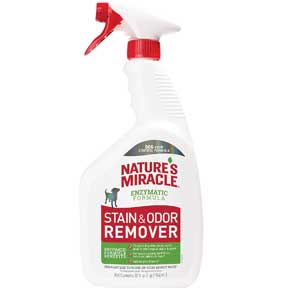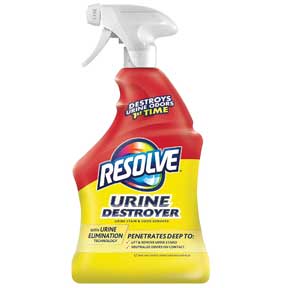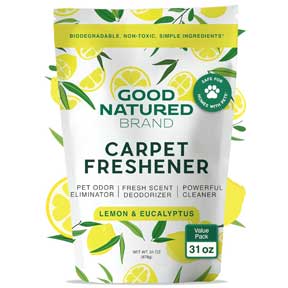Removing Cat Urine and Odors
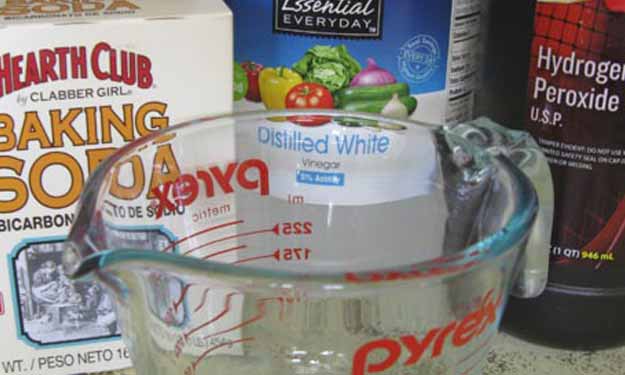
Natural Cleaning Products to Remove the Smell and Odor from Cat Urine.
How to Remove Cat Urine and Cat Urine Odor
Cats make wonderful pets. They are affectionate (at least when they want to be), independent, and don’t require outdoor walks in cold or rainy weather. They’re relatively low-maintenance compared to dogs, making them an ideal companion for many households.
However, one of the biggest downsides of cat ownership is dealing with cat urine and its lingering odor. If your cat marks its territory or has an accident outside the litter box, the smell can be overpowering and challenging to eliminate.
Removing cat urine and odors quickly and thoroughly is crucial – not only to keep your home smelling fresh but also to prevent your cat from returning to the same spot. Luckily, there are simple and effective home remedies to tackle the problem head-on.
Homemade Cat Urine Odor Remover Using White Vinegar
If you haven’t already, start by blotting up as much urine as possible using paper towels, an old cleaning rag, or another absorbent material.
Now, here’s the best part – removing cat urine and odors doesn’t require expensive store-bought products. One of the best natural cleaning solutions is probably sitting in your pantry right now: white vinegar.
White vinegar is a natural deodorizer, mild disinfectant, and antibacterial agent that neutralizes urine odors instead of just masking them.
Cleaning Cat Urine Using White Vinegar
This method is simple, effective, and budget-friendly. Follow these steps to clean cat urine and eliminate the odor:
- Blot Up Excess Liquid – If the urine spot is still wet, press down with paper towels or a cloth to absorb as much liquid as possible.
- Apply Vinegar Solution – Mix equal parts white vinegar and water in a spray bottle or pour it directly onto the stain.
- Let It Sit – Allow the vinegar to penetrate the fibers for at least 5–10 minutes.
- Blot Again – Use fresh paper towels or a clean cloth to soak up as much of the vinegar as possible.
- Air Dry – Allow the area to dry completely. To speed up the drying process, cover it with a clean towel or use a fan.
If you have a Bissell SpotBot, shop vac, or another upholstery cleaner, it can help remove excess liquid for faster drying.
Removing Cat Urine and Odors from Upholstered Furniture
Cat urine doesn’t just affect carpets – it can also seep into upholstered furniture. If your cat has an accident on the couch or a chair, follow these steps:
- Blot the Urine – If the urine is still wet, absorb as much as possible with paper towels.
- Apply Vinegar Solution – Mix 50% white vinegar and 50% water, then lightly dampen the affected area.
- Blot Again – Press down with a clean cloth to absorb excess moisture.
- Repeat if Necessary – If the odor lingers, repeat the process until the smell is gone.
To keep your cat from returning to the same spot, consider using a Scat Mat, which gently discourages them from jumping onto furniture.
Does Vinegar and Baking Soda Work Together?
You might have heard that combining vinegar and baking soda creates a powerful cleaner, but this isn’t true for pet stains. When mixed, they neutralize each other, leaving behind salty water that doesn’t help with odor removal.
That said, baking soda works well on its own as a final step in the cleaning process.
Removing Cat Urine and Odors from Hard Floors and Walls
If your cat sprays against walls or urinates on hard floors, you’ll need to clean the area completely to prevent lingering odors.
- Use a 75/25 mix of vinegar and water in a spray bottle.
- Spray the affected area and let it sit for 5–10 minutes.
- Wipe it up with a cloth or paper towels.
Important Note: Do not use vinegar on marble or natural stone floors, as it can cause damage.
If the urine has seeped into the wall or flooring, professional cleaning or even replacement might be necessary. In extreme cases, sealing affected areas with Kilz paint can prevent odors from resurfacing.
Removing Lingering Cat Urine Odors and Stains
If the vinegar treatment doesn’t fully eliminate the smell, baking soda is an excellent odor neutralizer:
- Sprinkle baking soda over the area.
- Gently work it into carpet fibers or upholstery using an old toothbrush.
- Let it sit for several hours or overnight.
- Vacuum thoroughly to remove all residue.
For stubborn stains and odors, you can also try this homemade cleaning solution:
- 1 cup 3% hydrogen peroxide
- 1 tablespoon baking soda
- 1/4 teaspoon liquid dish detergent
Apply the mixture to the stain, let it sit for about an hour, then rinse and dry. Always test a small hidden area first to ensure it won’t cause discoloration.
How to Find Hidden Urine Spots
Even if you can’t see urine stains, your cat’s sensitive nose can still detect them, making repeat accidents more likely. To find hidden spots:
- Use a black light in a dark room – Urine glows under UV light, revealing stains you might have missed.
- Check common marking areas – Corners, furniture legs, and walls are prime targets.
Preventing Future Accidents
If your cat is urinating outside the litter box, consider these possible reasons:
- Medical Issues – Urinary tract infections, kidney disease, or diabetes can cause inappropriate urination. Always check with a vet if accidents persist.
- Litter Box Problems – A dirty litter box, scented litter, or an inconvenient location may deter your cat from using it.
- Stress or Anxiety – Changes in the home, new pets, or other stressors can trigger marking behavior. Providing a safe, comfortable environment can help.
Removing cat urine and odors doesn’t have to be a nightmare. With simple, natural solutions like white vinegar and baking soda, you can effectively clean and neutralize even the toughest stains.
By acting quickly, using the right cleaning methods, and addressing any underlying issues, you can keep your home smelling fresh – and your feline friend happy!
Pet Stain and Odors

